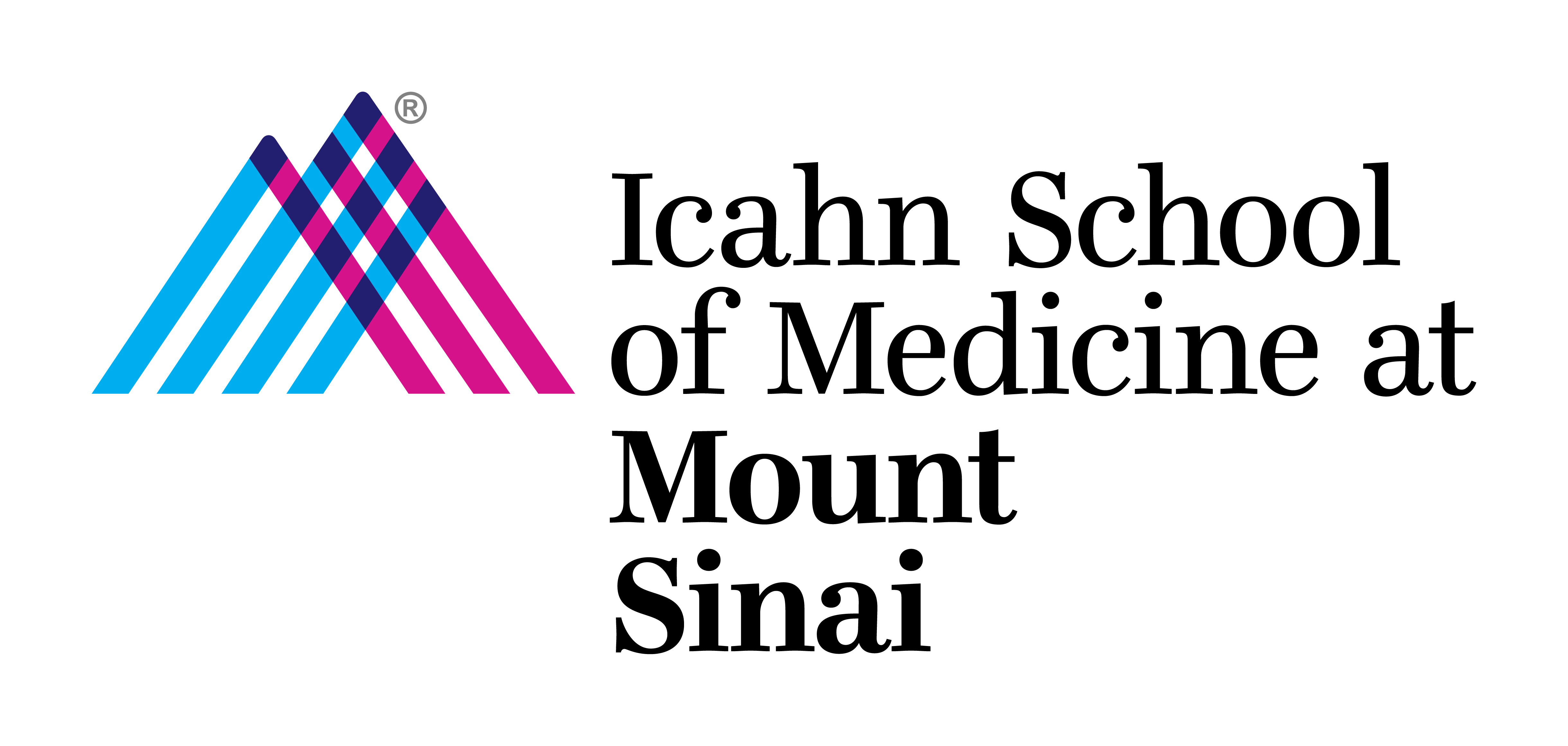PhD in Neuroscience
Rotation Guideline for PhD Students In Biomedical Science or Neuroscience
The goal of the rotation is to find a lab.
A “match” between student and lab is defined as an offer from the PI for the student to join the lab. This may be a hard yes, or could be pursuant to other conditions, such as the outcome of other rotation students in the PIs lab.
PREP and MSBS students now in a PhD program can use their research time in lieu of a rotation.
Ex-SURP scholars who have spent two summers at ISMMS can use that research time in lieu of a rotation once they join the PhD program.
Staff who become PhD students may not rotate in the lab they worked in until they have completed a rotation in another lab.
Starting Fall 2016:
- Students are encouraged to use web resources and the current student body to explore possible labs before and during discussions with their advisors.
- All students will work with their first year advisors and/or MTA Directors to select labs they are interested in that have sufficient resources to take a new student. This means that a potential preceptor MUST have minimally 2-years of funding to support you. If a preceptor does not have the funding, you should not rotate there.
- Starting in week 3 of the rotation, the PI and student should review progress and the possibility of joining that lab on a weekly basis during the rotation. This does not have to be a detailed conversation each week, but can be a simple update: yes, no, or possibly, and could be an email. If it is a no, a firm no is more helpful. A no could be delivered more softly by simply stating that you do not have a match. The outcome of these discussions should be conveyed by the students to their first year advisors or MTA co-directors.
- In cases where either the student or PI expresses the lack of a match, the rotation terminates and an assessment is filed with the Graduate School (GS). For these, there is no minimum time after the first discussion at 3 weeks. For students saying no, they should email/visit their advisors, state why and briefly discuss, which may be simply “this is not a match for me”. Alternatively, your advisor/MTA director can also help you convey this information.
- In cases of a common match, the minimum time of rotation is 6 weeks; the minimum is to avoid “changed minds”. Again, an assessment report is submitted to the GS. Please work on this with your PI, and make sure this goes to the GS.
- The maximum time spent to make a decision should be around 6-8 weeks. There is flexibility for this, but best to try for 6-8 weeks. This will mean that some rotations will span the winter break, the time off (generally ˜3 weeks) doesn’t count towards the rotation. This means four rotations can be completed (if needed) by spring break, but likely 3 as transitioning from one lab to another is not always immediate. These times could be shortened further if the student is not taking classes while rotating.
- While it is acceptable to join a lab after 1 successful rotation, you are encouraged to find two matches before terminating your rotations and joining a lab.
- The MTAs may require presentations etc, and this is encouraged. Presentations will not be synchronized with the end of each rotation, but students should still be capable of describing work that they completed a few weeks earlier.
For MSTP Students:
MSTP students do summer rotations:
- In year 1, MSTP students rotate in one lab for ˜5-6 weeks.
- Going into year 2, MSTP students generally do 2 more rotations, each of 5-6 weeks. They need not be identical in length.
